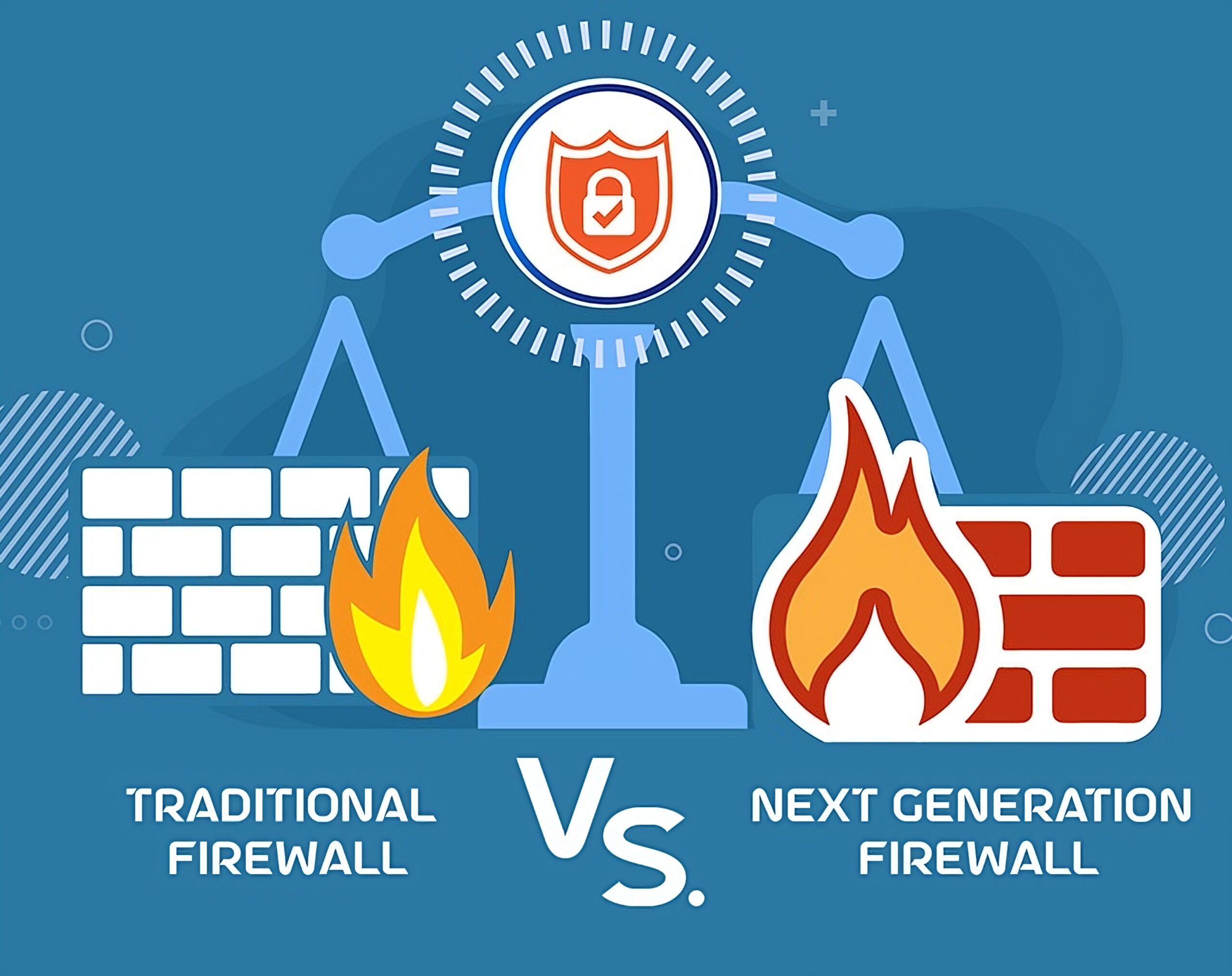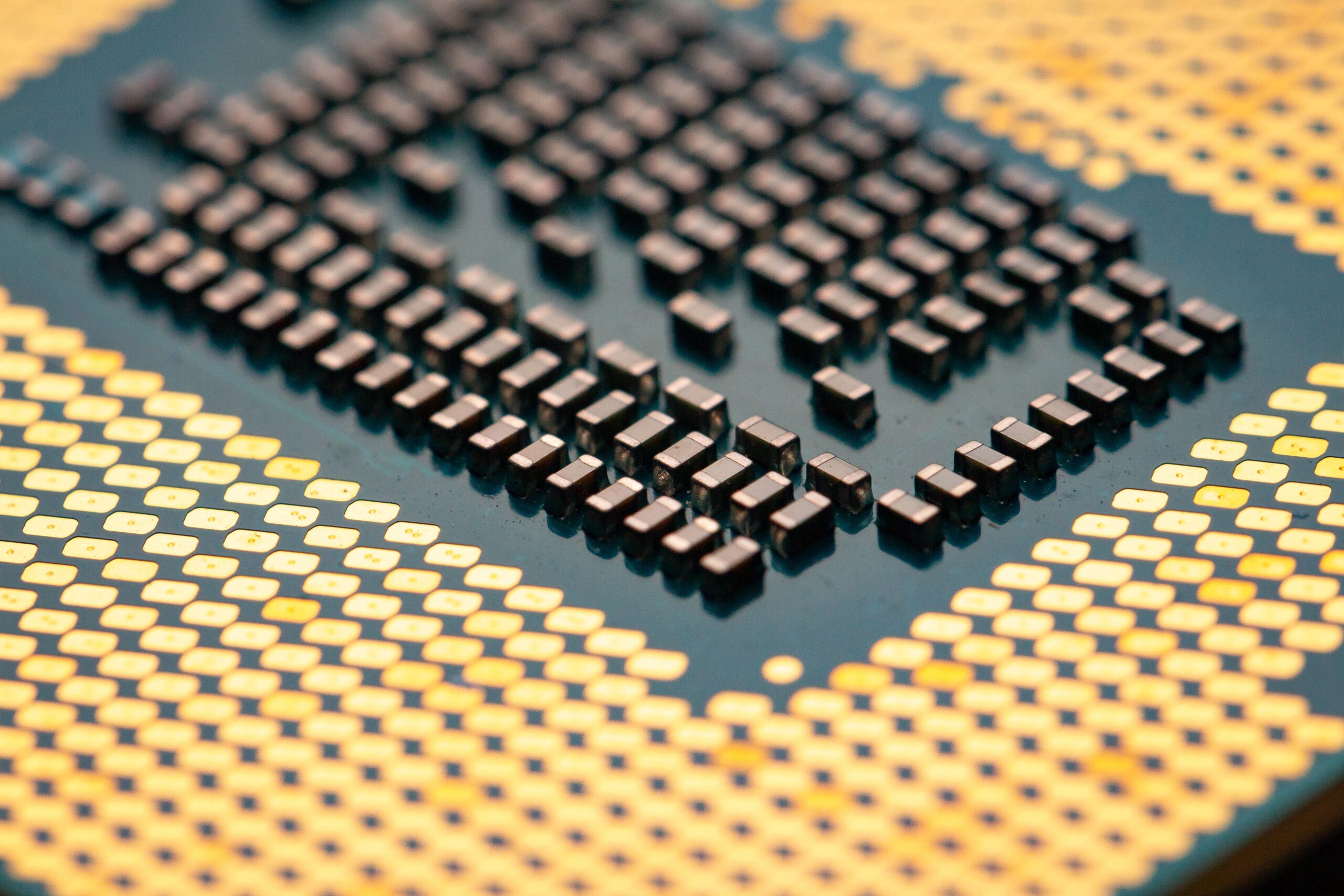WiFi, or wireless networking, has become an essential part of our daily lives, allowing us to connect to the internet without the need for physical cables. In this essay, we will explore the history of WiFi, from its origins to its current uses.
The first wireless networking technology was developed in the 1970s by the University of Hawaii. This technology, known as ALOHAnet, used a radio frequency to transmit data between computers. ALOHAnet was primarily used for connecting computers on different islands in Hawaii, and it was not widely adopted outside of the region.
The modern WiFi standard that we use today was developed in the 1990s by a group of researchers at the Australian government agency CSIRO. The group, led by John O’Sullivan, was working on a technology known as radio astronomy. Radio astronomy involved studying radio waves from space, and the researchers were developing a technique to eliminate interference caused by reflections of radio waves.
This technique, known as Orthogonal Frequency Division Multiplexing (OFDM), formed the basis for modern WiFi technology. OFDM allowed for the simultaneous transmission of multiple signals on a single frequency, which made it possible to achieve high data transfer rates. The researchers were granted a patent for their invention in 1996.
In 1997, the Institute of Electrical and Electronics Engineers (IEEE) formed a committee to develop a standard for wireless networking. The committee, known as IEEE 802.11, developed the first WiFi standard, known as 802.11b. This standard had a maximum data transfer rate of 11 megabits per second and used the 2.4 GHz frequency band.
Over the years, WiFi has continued to evolve and improve. In 1999, the 802.11a standard was introduced, which used the 5 GHz frequency band and had a maximum data transfer rate of 54 megabits per second. In 2003, the 802.11g standard was introduced, which used the 2.4 GHz frequency band and had a maximum data transfer rate of 54 megabits per second.
In 2009, the 802.11n standard was introduced, which used multiple antennas to achieve higher data transfer rates. 802.11n had a maximum data transfer rate of 600 megabits per second and used both the 2.4 GHz and 5 GHz frequency bands. The latest WiFi standard, 802.11ax (also known as WiFi 6), was introduced in 2019 and has a maximum data transfer rate of up to 10 gigabits per second.
Today, WiFi is an essential technology that is used in a wide range of devices, including smartphones, tablets, laptops, and smart home devices. WiFi is also used in public spaces such as airports, coffee shops, and hotels to provide internet access to users.
Wireless networking has come a long way since its origins in the 1970s. Over the years, WiFi has evolved and improved, becoming faster, more reliable, and more versatile. Today, WiFi is an essential technology that is used in a wide range of devices, and it is likely to remain a key technology in the years to come.



